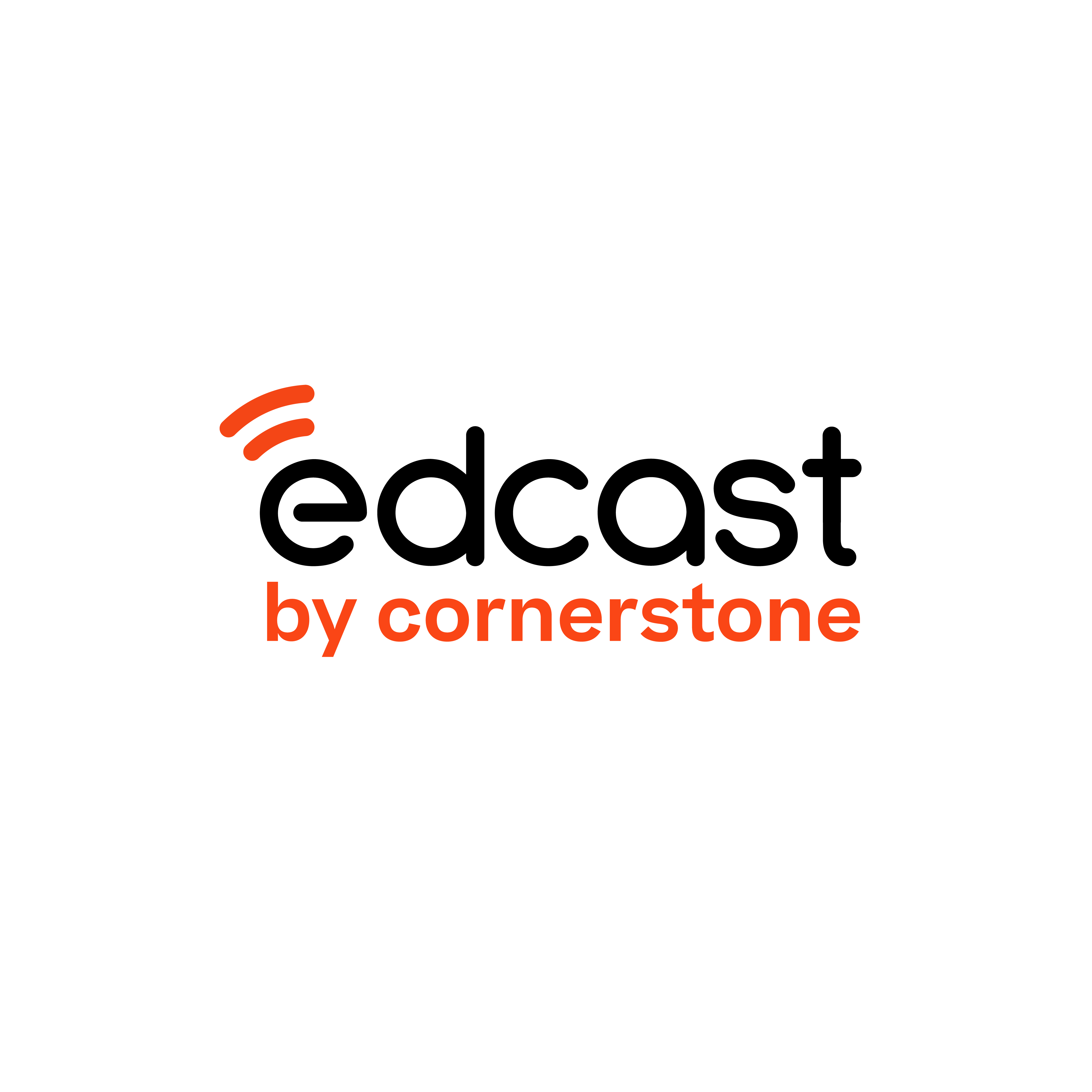
Your employees might swipe effortlessly back and forth between email, Slack, Salesforce, and Facebook dozens of times each day—but how often do they jump over to your LMS platform?
Most likely, never. The fact is, most learning systems aren’t intuitive or inviting enough for employees to make them a daily part of their workflow. They tend to be inflexible, hard to access, rooted in the old world, and unable to contextualize their legacy content alongside the furious pace of articles coming out each day as industries swiftly change and disrupt. The clunkiness of the platform itself has become a barrier to the great content lurking within.
This is a problem—particularly when today’s workforce only has 1% of a typical work week available to focus on development and training and yet demands on employees to learn more on the job are rapidly increasing. According to the Global Human Capital Trends 2015 study, 85% of respondents said that learning is either important or very important. AT&T CEO Randall Stephenson, told his employees that unless they dedicate 5-10 hours a week to learning, they will “obsolete themselves with the technology.”
But how can they achieve these 5-10 hours when finding the content itself is such a hassle?
Mobilizing the workforce
Employees need a simple, intuitive way to discover the most relevant, of-the-moment learning materials right in their day-to-day workflow. The learning content needs to start to appear within the very tools and applications they are already using.
Today’s modern workers are checking their smartphones on average nine times per hour. The worker’s own technology has become more easy-to-use, comfortable, and accessible than at any point in human history. And herein lies a golden opportunity.
At the Future Learning 2020 Summit, the celebrated author and consultant Jason Averbook said: “For the first time ever we have better technology in our pockets than what the company gives us to work with.”
You need to bring learning to where people are working: on mobile. This is already happening—mobile learning now features among the top three business development priorities for companies (Brandon Hall Group 2016).
Learning content also needs to become a part of the daily life and habits of modern workers—it needs to be comfortable, engaging, and curated. Research indicates that people learn best on the job, when they’ve got problems to solve, where they can immediately pull the knowledge, put it into practice, and then retain it far more strongly. In order to do this though, they need the answers to be lying close to them. Charles Jennings, founder of the 70:20:10 Institute, writes that “today’s world requires L&D professionals to be agile and support their ‘customers’ in their workflow.”
Integrate learning with apps
In order to gain real value and utility from a learning platform, your company needs to integrate content into phones, laptops, desktops, and tablets—and into the very applications employees are using across all these devices.
Say, for example, you are a sales rep and you have a meeting this afternoon with a prospect. You go into Salesforce and there is a window in the app just beside the information about the meeting that contains your personalized EdCast Knowledge Feed. Here you find three key pieces of content curated and chosen by AI and human expert review, distilled into three easy to access, bite-sized chunks. Perhaps you find two videos and an article, and there is an option to press a button and access more content. You are now being offered relevant content directly related to your day’s agenda. You can spend five minutes absorbing this new information and become that much more informed when you arrive at the meeting.
Or say you’ve got your Slack channel open and in the morning you set up EdBot (name of EdCast’s AI)—a learning assistant who resides in Slack itself. When this bot first appears, it asks you what you would like to learn and you get to know one another. Perhaps you tell the bot that you’re interested in learning how to become the best possible data scientist you can be—and you and the bot decide how many pieces of content it will send to you each day. From this moment on, the bot becomes your learning sidekick—registering everything you are doing, knowing your key interests, curating and filtering the right information at the right time, to your very own Slack window—and tracking your time engaged in learning so you can later be rewarded for your efforts. Every day at 9am sharp, sends you the three most important pieces of content you should dive into that day—for example, on Monday it may be an item from your LMS, a TED talk and a Harvard Business Review article.
How much more learning do you think would occur? To make the most of your learning materials, you need to bring the flow right into the working experience. You need to integrate learning into the workflow in a fluid, intuitive manner that inspires your team to seek knowledge at every turn.
To read more, download our eBook, The Discovery Problem in Corporate Learning.

